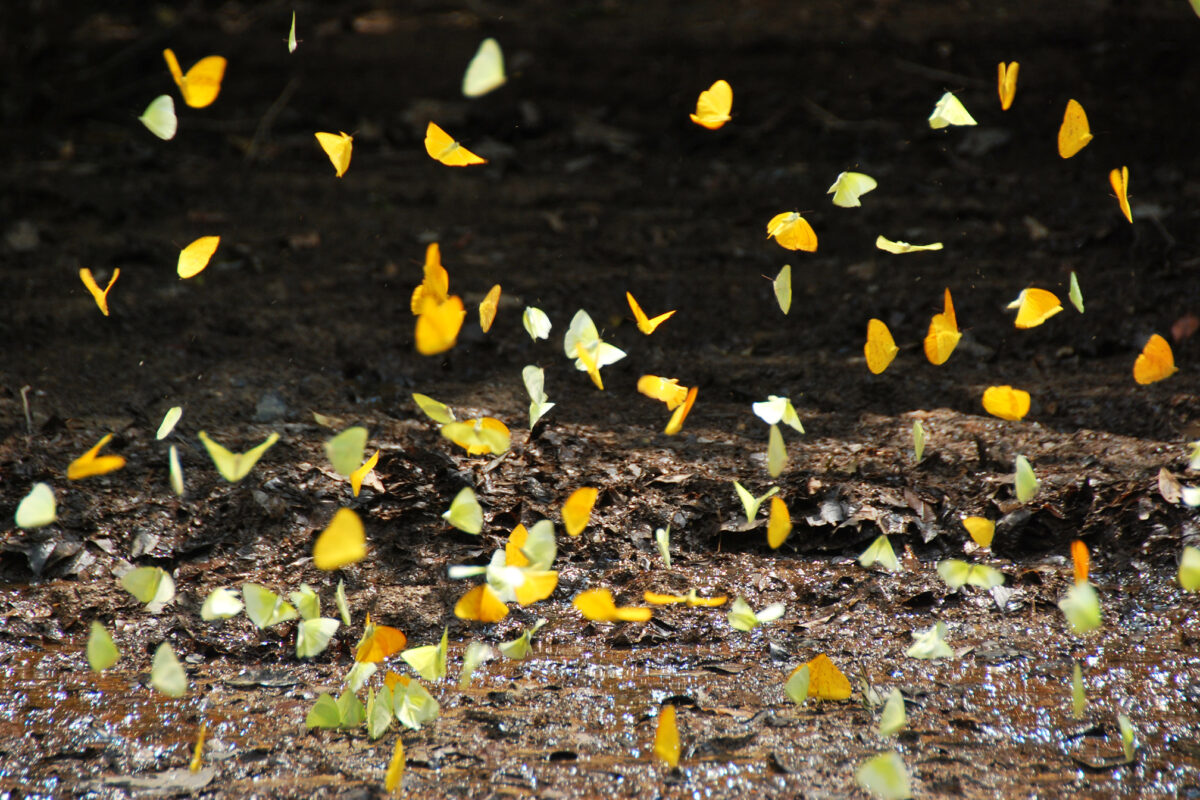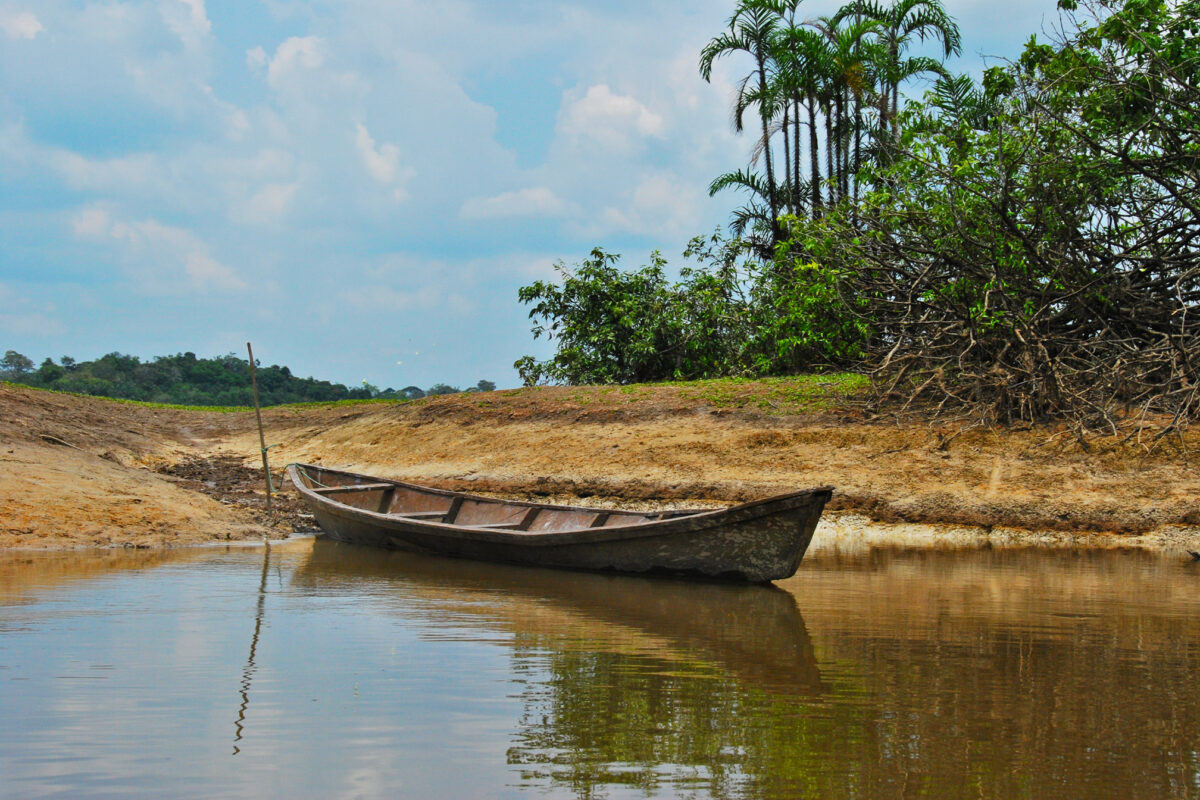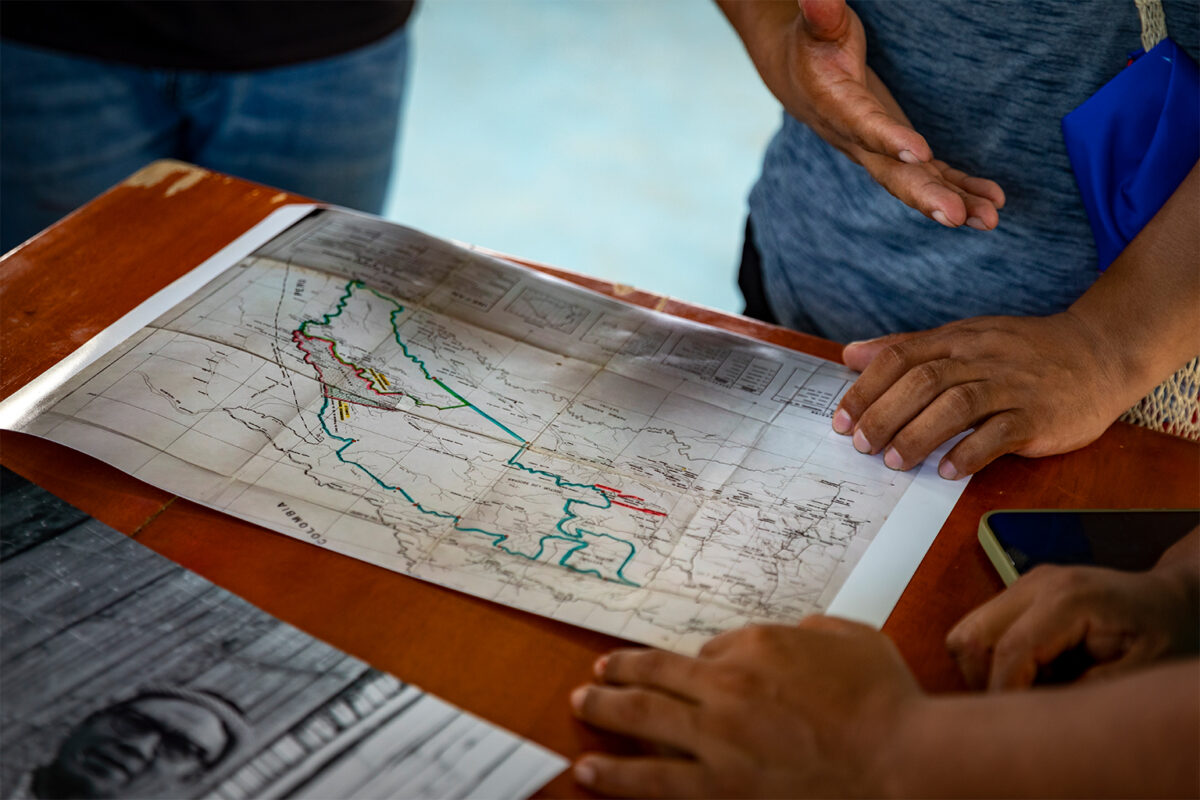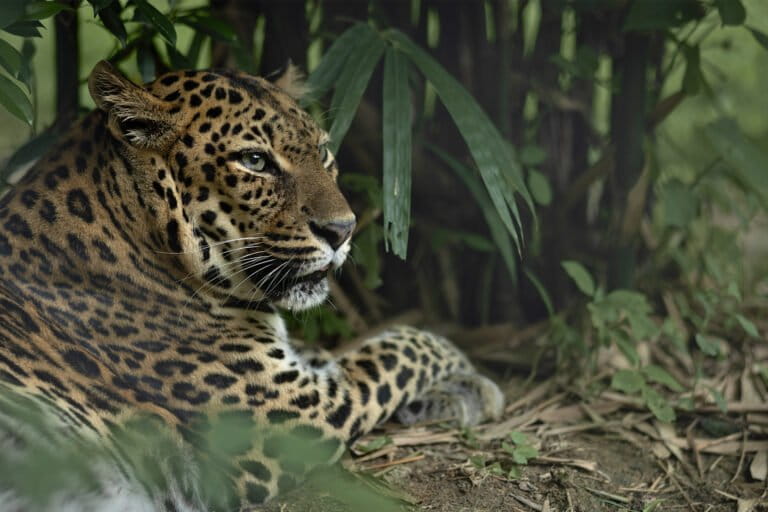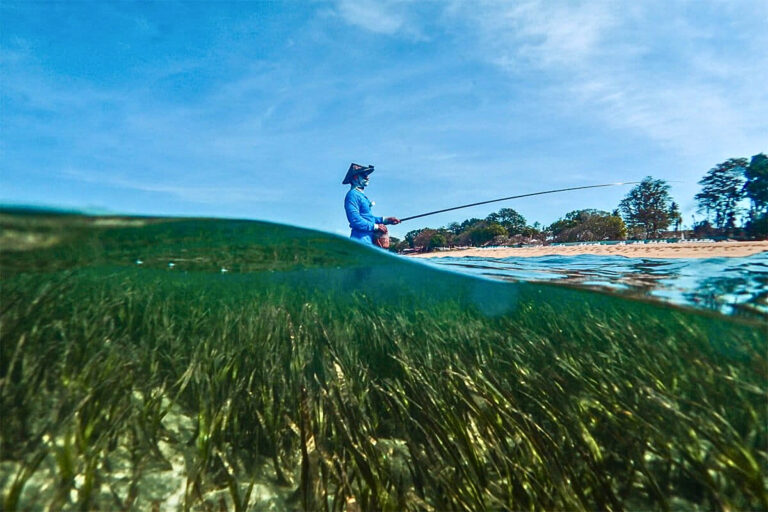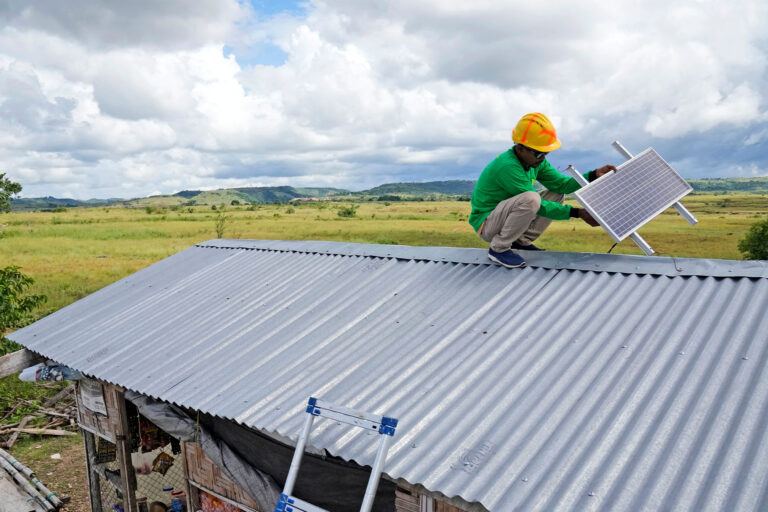- Many fertilizers that ensure the world’s food security are supported by minerals. For years, these compounds came from various countries and have recently been discovered in the Amazon.
- The large deposits were discovered as part of other infrastructure work in the Amazon.
- Potash, phosphorus and agricultural lime improve the performance of farmland, but are also generating new demands and criticism from indigenous communities as well as environmental activists.
The ongoing expansion of Brazil’s industrial farms has created a robust market for the mineral feedstocks used for the manufacture of chemical fertilisers. Historically, demand was met largely by imports, but a combination of cost and geopolitical considerations has motivated agribusiness and government to invest in domestic fertiliser production. Most of this investment will be in mines and manufacturing plants in other parts of Brazil; however, the Brazilian Amazon has mineral resources that are cost-competitive and strategically vital. Andean countries also rely on imports and, although there is interest in Peru to enhance domestic sources, fertiliser feedstocks would not be of Amazonian origin. The Guianas do not have agricultural economies sufficient to justify investment in fertiliser factories, nor, apparently, sufficient mineral reserves to create an export industry.
Potash: A New Mineral Resource in the Heart of the Amazon
Brazil is the world’s largest single importer of potash fertiliser and it is almost entirely dependent (95 per cent) upon imports from three countries: Canada, Belarus and Russia. The fertiliser supply chain is about to undergo radical change, however, because of an ongoing effort to develop a world-class potash reserve located directly underneath the Amazon River floodplain.
The potash was discovered by Petrobras geologists when they were exploring for oil in the Amazon and Solimões basins in the 1980s. The deposit consists of a 400-kilometre-long band of sedimentary rock that is one to four metres thick buried 650 to 900 metres below the surface of the Amazon floodplain. The ore body is a salt and clay mineral, known as ‘sylvinite,’ which is located within the Nova Olinda stratum formed during the Cretaceous Era about 100 million years ago. It is essentially a layer of salt that formed in a shallow-water marine habitat located in an estuary of the Proto Amazon River during a period with a strong evaporative climate. The deposit is estimated to contain at least 250 million tonnes of ore with an average purity grade of 31.5 per cent potassium chloride (KCl).

The resources are being developed by a subsidiary of a Canadian merchant bank, Forbes and Manhattan, which specialises in greenfield mining ventures. The company, Brazil Potash, acquired the mineral rights in 2010 and has since documented the dimensions of the mineral resource, while conducting feasibility and environmental studies. The project proposal is based on an underground mine that will employ conventional room and pillar methods to extract an estimated 8.5 million tonnes per year of ore. The extracted ore will be concentrated in an adjacent ‘hot leaching’ processing facility to yield 2.5 million tonnes of commercial potash, about thirty per cent of projected domestic consumption.
The primary commercial market will be the industrial farms in Mato Grosso and potash will be delivered via the Madeira waterway to Porto Velho and BR-364 trunk highway. The mine is located upriver from the grain terminals at Itacoatiara and Santarem, which will allow agribusiness companies to use the otherwise empty grain barges and trucks returning to farm landscapes.
The mine is slated to initiate operations in 2023 with a life-of-mine estimated at 34 years; the developers are confident that additional resources will be located and developed over the medium-term. The total investment is reported at US$2.1 billion, with estimated gross revenues of about US$1.4 billion per year. As of June 2022, investors have allocated US$100 million to its project development. The company estimates cost savings of approximately US$80 per ton, about fifteen per cent of the total cost of potash shipped from Canada, which translates into a savings of between US$200 million and US$300 million annually for Mato Grosso farmers.
Allegedly, the project developers are adhering to the Equator Principles and will recycle water to avoid discharge of wastewater from processing facilities and return all waste rock to the abandoned mine shafts and galleries. According to the company, the proposed mine will generate 2,600 direct jobs during the construction phase and 1,300 direct jobs during the operational phase.
Environmentalists oppose the mine because of its negative impacts to the seasonally flooded várzea forests and backwater habitats that characterise the Amazon floodplain. Opposition from Indigenous leaders is based on longstanding, and unfulfilled, claims by the Mura people for additional territories; although the proposed mine is not in or underneath a legally constituted Terra Indigenas (TI). Nonetheless, since one of their reserves is adjacent to the proposed mine, their approval is still required under the FPIC conditions enshrined in Brazilian law. The mine has the overwhelming support of the local, state and federal governments, as well as the agribusiness sector, who contend the mine can be developed with safeguards to minimise and offset any unwanted impacts, while fairly compensating Indigenous communities for any negative impacts.

Phosphorus
Unlike potash, Brazil is nearly self-sufficient in the production of rock phosphate (P2O5); eight corporations operate mines in seven states to meet about eighty per cent of national consumption. Most production is based in Minas Gerais (70%), but two companies (Itafos Inc and Rialma Fertilizantes) have opened strip mines in Tocantins, and a third is planned to open in southeast Pará. As of 2022, there were 938 concessions that identified phosphate as the target mineral within the Legal Amazon. However, only eight had been approved for exploitation, all of which belong to the two previously mentioned companies.
Agricultural Lime
Limestone, dolomite and gypsum are the primary sources of agricultural lime (cal agrícola), which is not generally considered to be a fertiliser, but a soil amendment that resolves the chemical and physical constraints common to many tropical soils. The active component is calcium carbonate (CaCO2), which is essentially pulverised rock mined from calcium-rich sedimentary formations. Calcium carbonate acts by changing the pH of the soil from acidic to slightly alkaline, which eliminates aluminium toxicity and facilitates the uptake of all three essential macronutrients (nitrogen, phosphorus and potassium: NPK), as well as most key micronutrients. The change in soil chemistry also transforms the soil biota, leading to an increase of soil-organic matter, and an improvement in soil water holding capacity over the medium-term.
Both the Cerrado and Amazon biomes are characterised by acidic soils and it was commonly assumed that industrial crops could not be cultivated in the Brazilian Amazon. Starting in the 1980s, however, soil scientists at EMBRAPA showed that application of large quantities of agricultural lime would reduce soil acidity, and turn these previously infertile soils into highly productive farm landscapes. By the late 1990s between fourteen and sixteen million tonnes of lime were being spread on Brazilian fields each year as the large-scale cultivation of soy, maize, cotton and other industrial row crops came to dominate the rural economy of Mato Grosso. The most sought-after land was on the flat tablelands (planaltos) of the Cerrado biome, which had deep well-drained friable soils; however, industrial farmers were soon expanding operations onto landscapes dominated by humid forest.
The expansion of industrial agriculture has motivated many landholders to convert their cultivated pasture to row crops, or to rent their holdings to industrial farmers in joint ventures that would begin with the application of agricultural lime. The benefits of soil management are now motivating ranchers to restore degraded pastures as part of a livestock–crop rotation business model that has expanded into Pará and Rondônia.
The EMBRAPA recommendation calls for an initial application of between five and nine tonnes of agricultural lime per hectare. High rainfall, however, will eventually wash the alkalinity from the soil profile and, unless there is a periodic application of calcium carbonate, soils will gradually lose their productive capacity. Consequently, there is a constant and growing demand for limestone.
Approximately thirty million tonnes were used in 2019 by agroindustry in Mato Grosso. Much of the agricultural lime used in the state is mined in adjacent states but the cost of transportation has motivated producers to seek supplies closer to home. In 2022, there were 24 active limestone, dolomite and gypsum quarries where the rock is mined and pulverised for immediate use without any industrial concentration process. A few limestone quarries have been operating for several decades as a source of the feedstock for Portland cement but most have been opened recently to respond to the needs of the country’s industrial farms. As of 2022, there were 1,800 mining concessions that listed limestone, dolomite or gypsum as the target mineral; of these 222 have been granted a licence to operate.
“A Perfect Storm in the Amazon” is a book by Timothy Killeen and contains the author’s viewpoints and analysis. The second edition was published by The White Horse in 2021, under the terms of a Creative Commons license (CC BY 4.0 license).
To read earlier chapters of the book, find Chapter One here, Chapter Two here, Chapter Three here and Chapter Four here.

Chapter 5. Mineral commodities: a small footprint, a large impact and a great deal of money
- Mineral commodities: the wealth that generates most impacts in the Pan Amazon | Introduction March 21st, 2024
- The environmental and social liabilities of the extractive sector March 26th, 2024
- Mining in the Pan Amazon in pursuit of the world’s most precious metal April 4th, 2024
- Illegal mining in the Pan Amazon: an ecological disaster for floodplains and local communities April, 9th
- The environmental mismanagement of enduring oil industry impacts in the Pan Amazon April, 17th
- Outdated infrastructure and oil spills: the cases of Colombia, Peru and Ecuador April, 25th
- State management and regulation of extractive industries in the Pan Amazon May 2nd, 2024
- Is the extractive sector really favorable for the Pan Amazon’s economy? May 8th, 2024
- Extractive industries look at degraded land to avoid further deforestation in the Pan Amazon May 15th, 2024
- Global markets and their effects on resource exploitation in the Pan Amazon May 21st, 2024
- Sustainability in the extractive industries is a paradox May 29th, 2024
- In the Pan Amazon, environmental liabilities of old mining have become economic liabilities June 5th, 2024
- Solutions to avoid loss of environmental, social and governance investment June 12th, 2024
- The most prominent mining companies in the Pan Amazon – a review June 21st, 2024
- Mineral hotspots in the Pan Amazon June 27th, 2024
- Brasil, Venezuela and Peru: the geography of industrial metals July 5th, 2024
- Industrial minerals in the Pan Amazon July 12th, 2024
- Minerals for agricultural use can already be found in Amazonia July 19th, 2024



